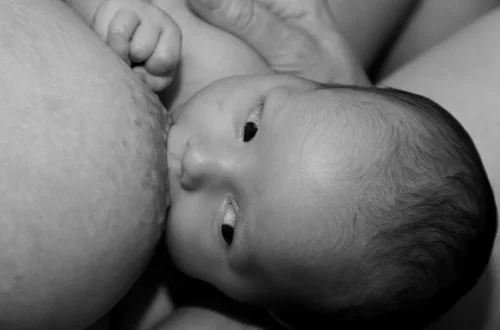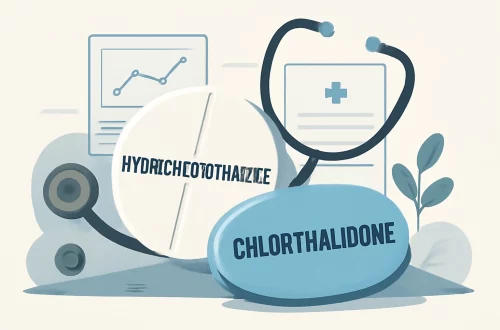
Understanding Dog Licking and Air Seizures: Causes and Solutions
Understanding the behaviors of our canine companions can sometimes feel like deciphering a complex code. Among the myriad of actions that dogs exhibit, licking and air seizures are two that often raise questions among pet owners. Licking can be a benign and natural behavior for dogs, serving various purposes such as expressing affection, seeking attention, or simply enjoying a sensory experience. On the other hand, air seizures—though less common—can be alarming and may indicate underlying health issues.
These behaviors are not isolated phenomena; they are deeply rooted in canine instincts and physiology. Understanding why your dog licks and what could be causing air seizures is essential for any dog owner who wishes to ensure the well-being of their furry friend. Knowledge about these behaviors not only fosters a stronger bond between you and your dog but also empowers you to take appropriate action should any concerning behaviors arise.
As we delve deeper into these topics, it becomes crucial to recognize the signs, causes, and potential solutions associated with licking and air seizures. By doing so, you can create a supportive environment that caters to your dog’s emotional and physical needs, ensuring they lead a happy, healthy life.
The Reasons Behind Dog Licking
Dog licking is a behavior that can arise from various motivations, each reflecting the dog’s emotional or physical state. One of the most common reasons for licking is affection. Dogs often lick their owners as a sign of love and bonding. This instinctual behavior can be traced back to their puppyhood when they licked their mother’s face to solicit care and attention. When your dog licks you, it is often a way of communicating that they feel safe and loved in your presence.
Another reason for licking can be anxiety. Dogs may lick their paws, surfaces, or even themselves as a coping mechanism to alleviate stress or discomfort. This behavior can be particularly evident in dogs that experience separation anxiety or are exposed to stressful environments. In such cases, licking serves as a self-soothing technique, providing comfort amidst their distress.
Moreover, licking can also signal boredom or excess energy. Dogs that are not sufficiently stimulated may resort to licking as a way to occupy themselves. This behavior can escalate if not addressed, potentially leading to obsessive licking, which could harm their skin or coat. Engaging your dog in regular exercise, mental stimulation, and interactive play can help mitigate this behavior.
In some instances, licking may be indicative of a medical condition. Allergies, skin infections, or other dermatological issues can prompt a dog to lick a specific area excessively. If you notice persistent licking that leads to redness, inflammation, or bald patches, it’s essential to consult with a veterinarian for a thorough examination. Identifying any underlying health issues is crucial for your dog’s overall well-being.
Recognizing the different motivations behind licking can help you respond appropriately. If your dog’s licking seems excessive or compulsive, it may be beneficial to implement strategies that redirect their behavior, such as providing them with chew toys or engaging them in training exercises. Understanding your dog’s needs will not only improve their quality of life but also enhance your relationship with them.
Understanding Air Seizures in Dogs
Air seizures, although less frequently discussed, can be a source of significant concern for dog owners. These episodes may manifest in various ways, including unusual movements, sudden rigidity, or altered consciousness. Understanding the nature of air seizures is critical for recognizing when your dog may be experiencing one.
The term “air seizure” generally refers to episodes where a dog appears to be having a seizure without the typical convulsive movements associated with them. Instead, the dog may exhibit behaviors such as staring into space, twitching, or appearing disoriented. These episodes can last anywhere from a few seconds to several minutes, and they may occur sporadically or in clusters.
The causes of air seizures can vary widely. In some cases, they may be linked to underlying neurological conditions, such as epilepsy or other seizure disorders. However, not all seizure-like behaviors are due to epilepsy. Factors such as toxicity, metabolic disorders, or severe stress can also trigger these episodes. It is crucial to monitor the frequency and duration of these events, as well as any accompanying signs, to provide your veterinarian with valuable information for diagnosis.
If you suspect your dog is experiencing air seizures, it is vital to consult with a veterinarian as soon as possible. They may recommend diagnostic tests, such as blood work or imaging studies, to determine the underlying cause. Early intervention can be crucial in managing any health issues that may be contributing to the seizures.
In the meantime, providing a calm and safe environment for your dog can help during these episodes. Avoid touching or restraining them while they are having a seizure, as this may lead to additional stress or injury. Instead, ensure they are in a safe space where they cannot harm themselves. After the episode, offer comfort and reassurance, as dogs may feel disoriented or confused.
Understanding air seizures and their potential causes can empower you as a dog owner. By being vigilant and proactive, you can make informed decisions about your dog’s health and well-being.
Managing Excessive Licking and Seizures: Practical Solutions
Managing excessive licking and addressing air seizures involves a multifaceted approach, focusing on both behavioral and medical interventions. For licking, identifying the root cause is critical. If the behavior stems from anxiety or boredom, implementing a structured routine that includes regular exercise and mental stimulation can significantly help. Activities such as agility training, puzzle toys, or interactive games can engage your dog’s mind and body, reducing the likelihood of licking as a coping mechanism.
If medical issues are suspected, such as allergies or skin conditions, consulting with a veterinarian is paramount. They may recommend dietary changes, topical treatments, or medications to alleviate symptoms. Keeping your dog’s environment clean and free from allergens can also reduce the urge to lick. Regular grooming can help maintain skin health and prevent irritations that may trigger licking.
For managing air seizures, the first step is to seek veterinary advice. A veterinarian may suggest a series of diagnostic tests to determine the underlying cause of the seizures. Depending on the diagnosis, treatment options may include medication to control seizure activity, dietary adjustments, or lifestyle changes. Keeping a seizure diary can also be beneficial, noting the frequency, duration, and any potential triggers associated with the episodes.
In addition to medical interventions, creating a supportive environment is essential. Reducing stressors in your dog’s life can minimize the occurrence of seizures. This may involve maintaining a consistent routine, avoiding sudden changes in their environment, and providing a safe space where they can relax.
As a dog owner, being informed and proactive can make a significant difference in managing these behaviors. Whether addressing excessive licking or air seizures, your dedication to understanding and supporting your dog’s needs will lead to a healthier, happier life for your furry companion.
**Disclaimer:** This article is not intended to provide medical advice. If you suspect your dog is experiencing health issues, please consult a veterinarian for professional guidance and treatment.




